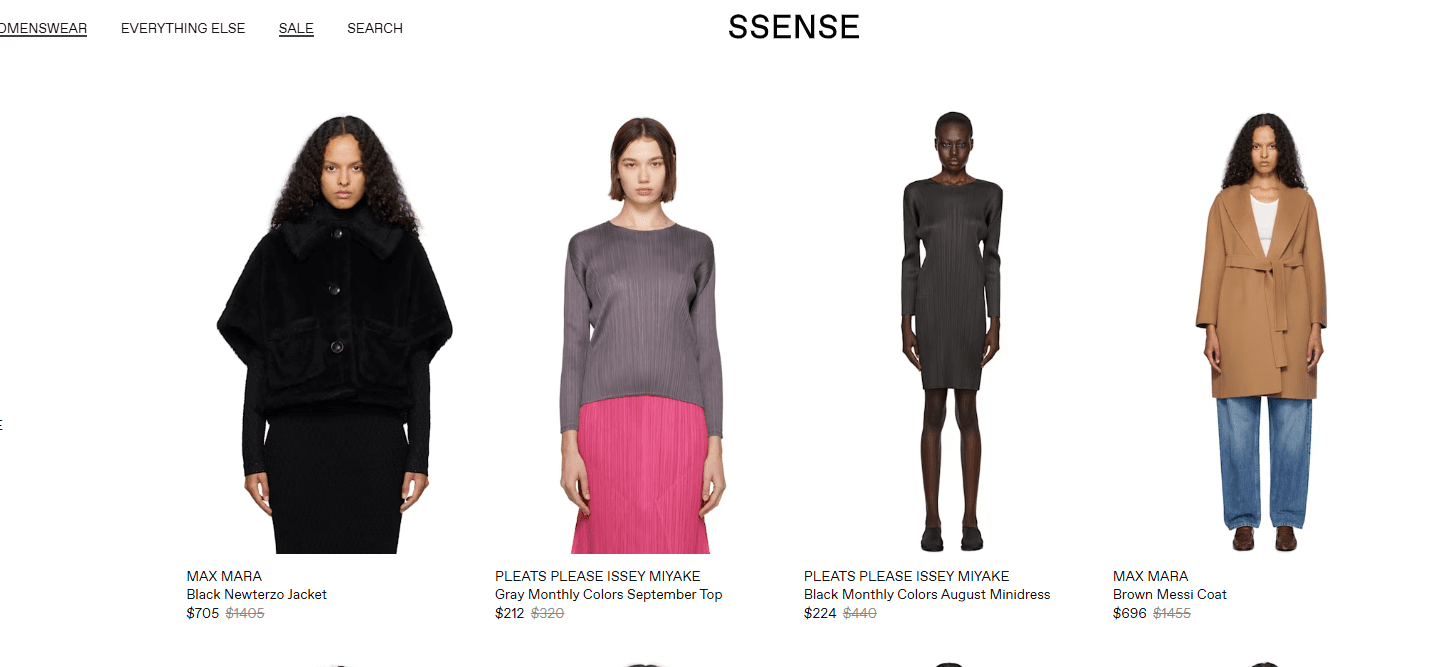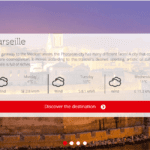
Introduction
Fashion plays a significant role in shaping professional identities and workplace culture. The way employees dress influences perceptions, interactions, and overall productivity. While the definition of professional attire has evolved over the years, the correlation between fashion and workplace success remains strong. This article explores the impact of fashion in the workplace, addressing its effects on professionalism, confidence, corporate culture, and career advancement.
The Psychology of Dressing Well
The way individuals dress influences their mindset, confidence, and performance. This phenomenon, often referred to as “enclothed cognition,” suggests that clothing choices can impact cognitive processes and behavior. Studies show that dressing in professional attire enhances self-perception and confidence, allowing individuals to approach tasks with a heightened sense of competence and authority. When employees feel good about their appearance, they are more likely to perform well and engage positively with colleagues and clients.
First Impressions and Professionalism
First impressions are crucial in professional settings, and fashion plays a pivotal role in shaping them. Whether in interviews, meetings, or daily interactions, attire can communicate confidence, reliability, and competence. Well-dressed individuals are often perceived as more capable, intelligent, and trustworthy. A polished and professional look can help establish credibility and create a lasting positive impression on colleagues, superiors, and clients.
Workplace Dress Codes: Traditional vs. Modern
Workplace dress codes have evolved significantly, with many companies adopting more relaxed policies. However, the fundamental principles of professionalism and appropriateness remain unchanged. Traditional corporate environments often adhere to formal dress codes, including suits and business attire, to maintain a sense of decorum and authority. On the other hand, modern workplaces, particularly in tech and creative industries, embrace casual or business-casual dress codes, allowing for greater self-expression while maintaining professionalism.
The shift towards more flexible dress codes reflects changing workplace dynamics and a greater emphasis on employee comfort and individuality. However, it remains essential for employees to align their fashion choices with company culture and expectations to maintain a cohesive professional environment.
Fashion as a Tool for Career Advancement
Dressing appropriately for the workplace can significantly impact career growth and opportunities. Employees who present themselves professionally are more likely to be taken seriously and considered for promotions. Employers often associate a well-groomed appearance with leadership qualities, ambition, and responsibility. While skills and experience are paramount, fashion choices can serve as a complementary factor in career advancement.
Moreover, different industries have varying expectations regarding professional attire. For instance, law firms and financial institutions generally require formal wear, whereas creative fields may encourage more eclectic and expressive fashion choices. Understanding and adhering to industry-specific dress norms can enhance an individual’s career trajectory and professional relationships.
The Role of Fashion in Corporate Branding
Fashion also plays a crucial role in corporate branding and identity. Companies often establish dress codes to align with their brand image and values. Employees who dress in accordance with corporate standards contribute to a unified and professional company image. For example, luxury brands may require employees to dress elegantly to reflect their brand’s exclusivity and sophistication, while tech startups may encourage casual wear to promote a culture of innovation and approachability.
Uniforms, branded attire, and dress policies are often implemented to reinforce brand identity and create a sense of belonging among employees. When employees dress in a way that reflects their company’s ethos, it strengthens brand consistency and enhances external perceptions.
The Influence of Fashion on Workplace Relationships
Fashion choices can influence workplace interactions and relationships. Employees often gravitate towards colleagues who share similar fashion sensibilities, creating informal groups and alliances. Additionally, dressing in a manner that aligns with workplace norms can facilitate smoother interactions and prevent potential biases or misunderstandings.
Conversely, inappropriate or overly casual attire can sometimes lead to negative judgments or reduced credibility. While individuality is important, dressing in a way that respects workplace standards can foster better professional relationships and collaborations.
Fashion and Inclusivity in the Workplace
As workplaces become more diverse, fashion policies must adapt to accommodate cultural, religious, and personal expressions. Inclusivity in workplace fashion involves recognizing and respecting different attire choices, whether they stem from cultural traditions, religious beliefs, or personal identities. Organizations that embrace diverse fashion expressions create a more welcoming and supportive environment for employees from various backgrounds.
Companies can promote inclusivity by implementing flexible dress codes that allow employees to dress in a way that aligns with their cultural and personal values while maintaining professionalism. This approach fosters a more inclusive and harmonious workplace.
The Future of Workplace Fashion
The future of workplace fashion is expected to continue evolving, with greater emphasis on individuality, comfort, and sustainability. As remote work becomes more prevalent, hybrid dress codes—balancing professionalism with comfort—are likely to emerge. Additionally, the growing awareness of sustainability in fashion will influence workplace attire choices, with more employees and organizations opting for ethical and eco-friendly clothing options.
Technology may also play a role in shaping workplace fashion, with smart fabrics, wearable tech, and AI-driven fashion recommendations becoming more integrated into professional attire choices. Companies that embrace these changes while maintaining professionalism will create a more dynamic and adaptable work environment.
Conclusion
Fashion in the workplace is more than just a superficial concern—it is a powerful tool that influences perceptions, confidence, and professional success. Dressing appropriately enhances credibility, fosters positive workplace relationships, and aligns with corporate branding. While dress codes continue to evolve, maintaining a balance between self-expression and professionalism remains key. By understanding the impact of fashion in the workplace, individuals can make informed choices that contribute to their success and overall workplace harmony.






















